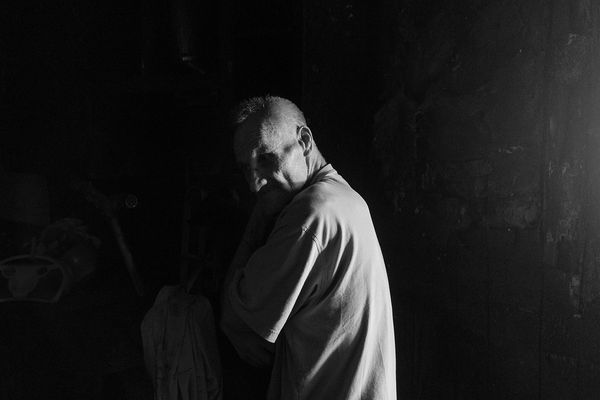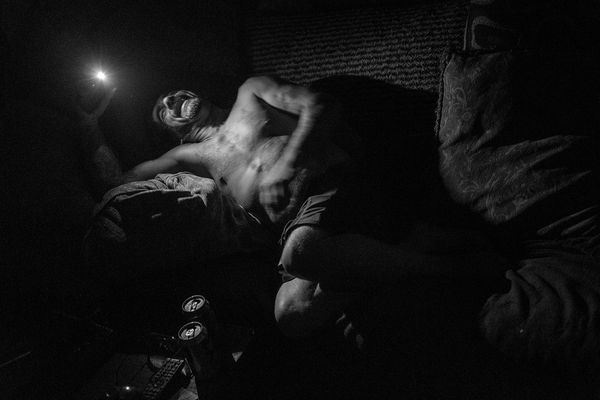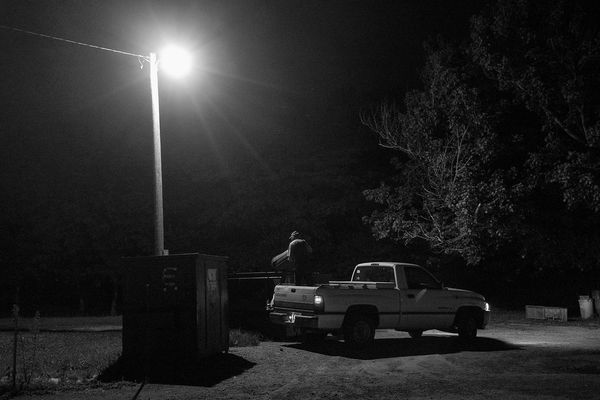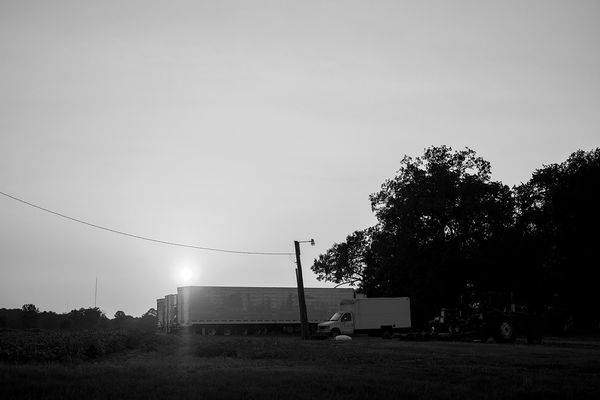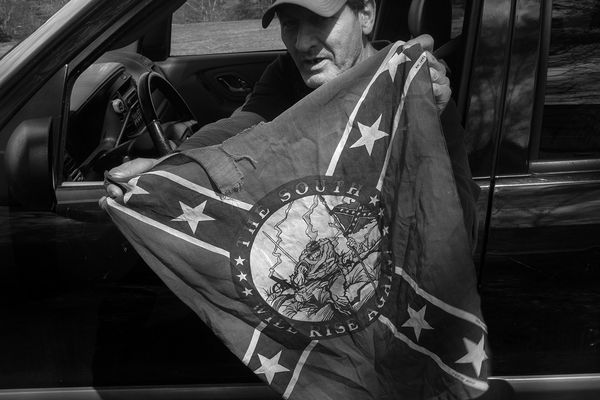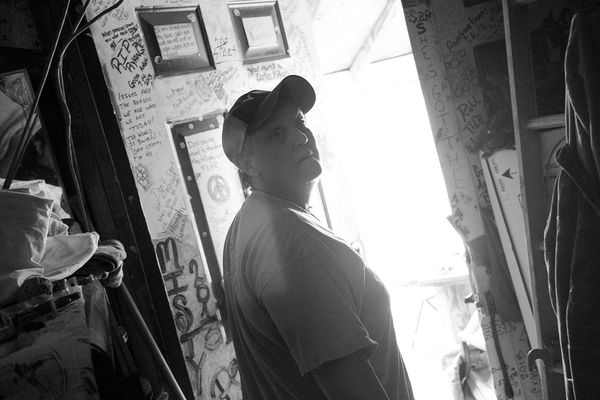HELLBENDER
-
Dates2015 - 2019
-
Author
In April 1862 – just a year into the American Civil War – The New York Times reported on a dispatch from Union troops titled, “Advance into Alabama.” It read:
An hour before sundown we reached another barren region inhabited by poor white trash. Their houses were of the worst imaginable description, and how they managed to obtain a living upon such as soil, was a problem to us. Yet hither the pitiless monopoly of the slaveholding class had driven them, and, by some means were other, they managed to wring sufficient food to keep themselves and their children from starving, out of these inhospitable rocks.[i]
Impressions of Alabama have changed little in 150 years, particularly as the roots of deep poverty have perpetuated class division and precipitated widespread drug addiction.
Southern Gothic literature has described the American South as a deeply flawed place, where the lives of eccentric characters are shaped by poverty, alienation, crime, and violence as they struggle through morally questionable actions to make sense of the world around them. Characters in stories by Flannery O’Connor, Carson McCullers, and Harry Crews both embody the madness, despair, and decay found in the social realities that surround them and offer critique of conventional cultural understandings.
Similarly, HELLBENDER tells the complex, often contradictory stories of more than two dozen people from Sand Mountain, a sandstone plateau in northeast Alabama infamous for extreme poverty, poultry processing plants, Pentecostal snake-handlers, and meth production. In the project we meet Chico, an ex-convict, meth dealer, and self-proclaimed member of the Aryan Brotherhood; Ryan and Alice, a young runaway couple on the brink of a lifetime of addiction; LaShay, a young mother subjected to routine domestic violence; Willow, a transient, chronic binge user; and Fred, a long-time user who lost everything he owned in a house fire.
Through the combination of first person accounts, ethnographic interview texts, research analysis, and documentary photographs, HELLBENDER seeks to engage with the current conversation concerned with the pivotal political role and cultural identity of the rural American South and reveal how people who use methamphetamine navigate social and economic marginalization.
[i] “Gen. Mitchell’s March Into Alabama,” originally published by The New York Times, April 14, 1862 and reprinted in Salvation on Sand Mountain by Dennis Covington, Addison-Wesley, 1995.

